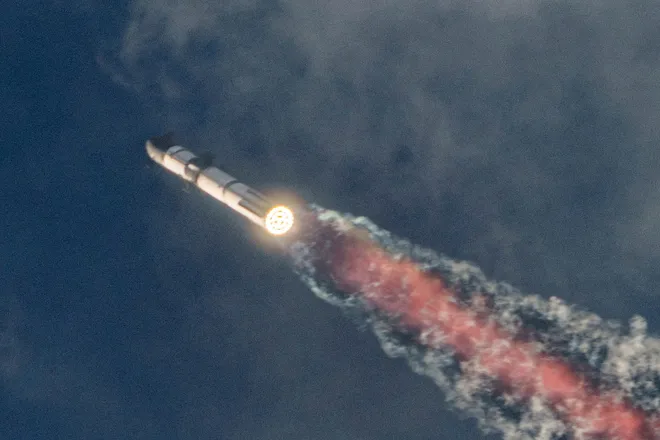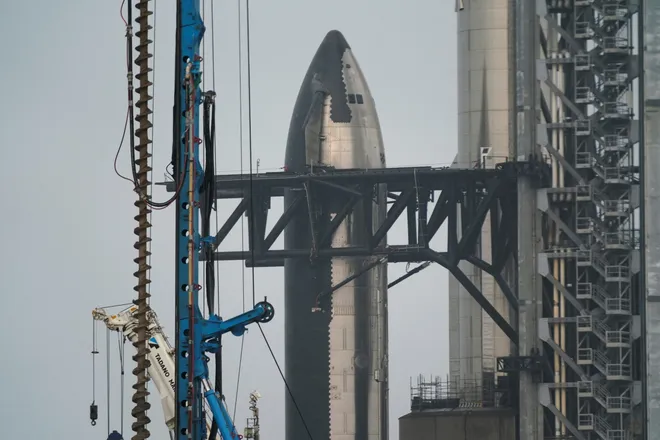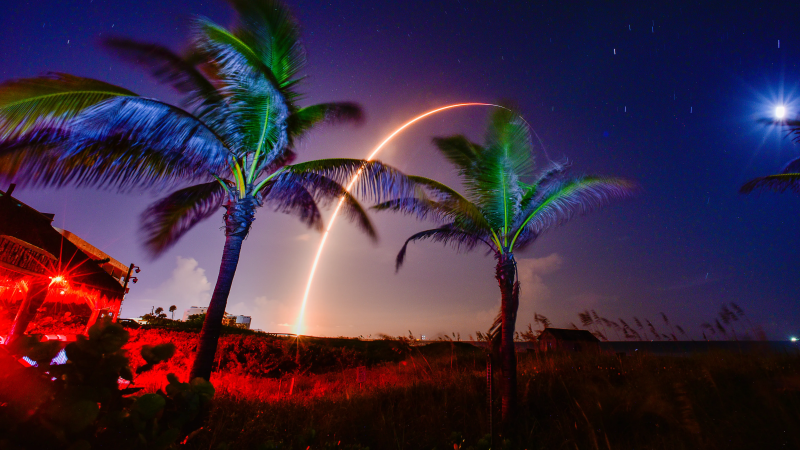Elon Musk says human could reach Mars in 4 years after uncrewed SpaceX Starship trips
- The SpaceX mega-rocket has been undergoing a series of uncrewed tests to prepare it for its role in ferrying NASA astronauts from lunar orbit to the moon's surface as early as 2026.
- NASA is paying SpaceX a hefty $2.9 billion sum with the expectation that Musk's company will develop an operational spacecraft capable of safely transporting astronauts to the lunar surface.
Humans could be headed to Mars in four years if the vision of SpaceX CEO Elon Musk becomes reality.
Musk took to his social media platform X on Saturday to announce his plans to send an uncrewed Starship to Mars in two years before astronauts head to the Red Planet two years after that. The SpaceX mega-rocket has already been undergoing a series of uncrewed tests to prepare it for its role in ferrying NASA astronauts from lunar orbit to the moon's surface as early as 2026.
But Musk has grander designs for Starship, the 400-foot behemoth that SpaceX officials say has improved in every demonstration they've conducted with the vehicle. His sights are set on Mars.
"Flight rate will grow exponentially from there, with the goal of building a self-sustaining city in about 20 years," Musk said in his post. "Being multiplanetary will vastly increase the probable lifespan of consciousness, as we will no longer have all our eggs, literally and metabolically, on one planet."
Starship's most recent test in June ended in success
The idea that humans could one day populate and even colonize Mars is one no longer confined to the realm of science fiction.

Astronauts are on the cusp in the years ahead of journeying all the way to the Red Planet, where so far only rovers and orbiters have dared to venture. And when they do, it's likely they'll make landfall aboard a SpaceX Starship.
SpaceX has been developing and testing the Starship, which is classified as a super heavy-lift launch vehicle and is lauded as the biggest and most powerful rocket ever built.

In its fourth and most recent test in June, the Starship managed to once again make it to orbit before achieving a milestone: Splashing down for a successful landing in the Indian Ocean. The rocket's first three tests ended in explosions.
Though Musk has said he hopes for more Starship tests this year, he was evidently encouraged enough to proclaim the vehicle's imminent preparedness for a launch to Mars by 2026.
"These will be uncrewed to test the reliability of landing intact on Mars," Musk said on X, referring to the launches he says will happen in two years. "If those landings go well, then the first crewed flights to Mars will be in 4 years."
NASA to use Starship in Artemis mission
But before humanity makes it to Mars, NASA is hoping to send astronauts back to the moon.

NASA is paying SpaceX a hefty $2.9 billion sum with the expectation that Musk's company will be able to deliver on its promise of developing a spacecraft capable of safely transporting astronauts to the moon's surface.
NASA's ambitious Artemis campaign is the U.S. space agency's first lunar program since the Apollo era came to an end in the 1970s. When U.S. astronauts head back to the moon as early as 2026, SpaceX's Starship would need to be able to transfer them from NASA's Orion capsule while in lunar orbit before heading down to the surface.
NASA is far from the only space agency with designs on the moon in the coming years: Agencies across the world view the moon as a valuable destination due to the resources it provides to aid further deep space exploration.

In the years ahead, NASA's Artemis program aims to establish a lunar settlement on the south pole. One day, the water ice could thought to be abundant in the region could be extracted and used for drinking, breathing and as a source of hydrogen and oxygen for rocket fuel to make crewed trips to Mars possible – such as the ones Musk is planning.
Eric Lagatta covers breaking and trending news for USA TODAY. Reach him at elagatta@gannett.com
Disclaimer: The copyright of this article belongs to the original author. Reposting this article is solely for the purpose of information dissemination and does not constitute any investment advice. If there is any infringement, please contact us immediately. We will make corrections or deletions as necessary. Thank you.






